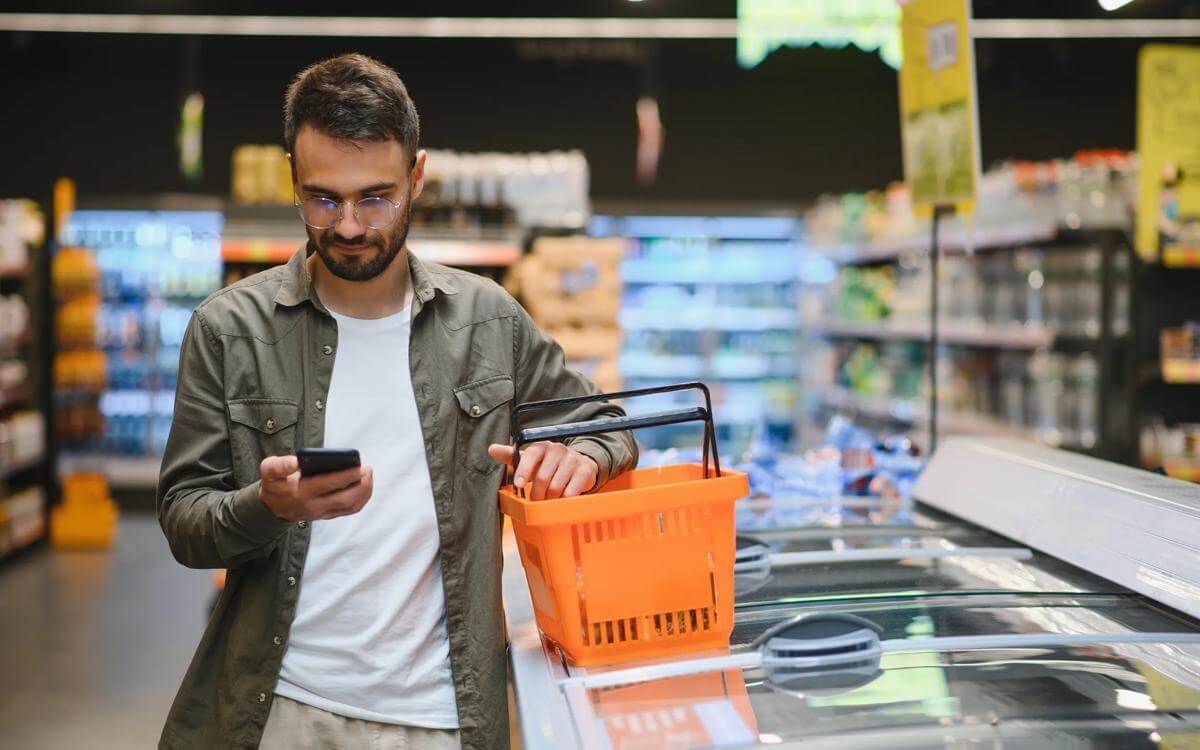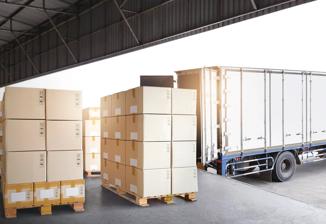Earlier in the year a number of fashion retailers, boldly announced the introduction of a charging fee for returning any product purchased via their online store. Yet, despite this commercial, and perhaps somewhat controversial decision, at least one major fashion giant that adopted this approach has recorded ‘historic highs’ in its September profits.
Browne Jacobson partner, Cat Driscoll who heads up the firm’s commercial team in Manchester and is also head of its fashion and beauty sector discusses whether this change has put the average consumer off and whether the days of free returns are long gone.
The online returns conundrum is one that many retailers have been battling with since the launch of their e-commerce offerings. With Eco-Age estimating that around 30% to 40% of all clothes bought online are returned – and less than half of these returned items are capable of going back on sale, and even then, it is often at an increased markdown due to the delay in getting the product ready for resale – the impact on the profitability of products which are sold and returned purely by distance means is phenomenal. In fact, according to an article by The Times, ReBound estimates that one in three fashion items bought online are now returned – double the rate of clothing bought in store. While data from NShift reveals that the average cost of managing such returns is £20 with the whole process leading to a 30 per cent loss in profits, which KPMG estimates costs UK retailers about £7 billion a year.
One way fashion retailers have sought to tackle this in recent months is through the introduction of a return fee for products purchased online. Given the cost-of-living crisis consumers are facing, it seems unlikely that the imposition of a returns fee hasn’t bothered customers. Instead, the fact that the imposition of a returns fee has not dissuaded customers from buying may reflect that those consumers are changing the way in which they engage with omnichannel offerings. Where a retailer has embedded its e-commerce platform within its business by, amongst other things, offering free in store collections and returns, it may well be that an increased number of customers have opted to avoid the returns fee by returning goods directly to store – in the same way that customers have become used to collecting their goods from store.
Further data will be needed over time to be able to assess the extent to which there is a direct correlation between changes in retailers’ “free returns” policy, changes in consumer behaviour and indeed improved profit margins. With many retailers going early with their Black Friday deals in an attempt to beat the inevitable tightening of belts by most consumers, this data may be available much sooner than anticipated.
Charging for returns is, however, just one element of a complex puzzle. Other factors may well also have played their part in delivering improved profits such as customers browsing in physical stores but making their purchase online (removing the risk of dissatisfaction with look, feel and fit). Another factor could be increased customer awareness and use of Fit Analytics technology to reduce the volume of multiple size purchases which necessitate returns (albeit this technology has been available on its website for five years so there is no obvious reason for a sudden radical change in behaviour in this regard).
But in the immediate term, introduction of such charges will provide some relief from the day-to-day costs of dealing with returns and buy businesses breathing room to implement strategies that begin tackling the wider impact that voluminous returns present. However, if the communication of return charges is not managed appropriately and indeed consumers feel that they have no other choice but to accept the costs, it may lead to customer dissatisfaction.
Can retailers implement this, and will customers accept it?
Where retailers can offer a viable alternative for a consumer to return products without incurring a charge (such as in store) and indeed can make this process smooth and painless (easy to use collection points and limited waiting) then customers may be willing to accept the introduction of fees for online returns, as they have a way to avoid this. As one online only offering found however, the introduction of return charges where no alternative was available gave rise to much disgruntlement from customers.
While operating physical outlets poses its own challenges, there appears to be a growing recognition amongst online only retailers that those businesses that can successfully blend the two may be able to get the best of both worlds. For fashion retailers in real life (IRL) stores can offer a new way for online only retailers to connect with its customers and an alternative means to tackle one of the biggest issues that arise from online returns - namely the necessity of markdowns where the peak sale period for a particular item has been missed as it has been stuck in the returns process.
The way in which the introduction of returns charges is communicated to customers is paramount. Aside from being a requirement of consumer law to ensure that terms are fair and transparent and that the consumer is informed about any charges for returns before the point of sale, it will invariably lead to significant dissatisfaction if a consumer incurs a charge which has not been drawn to their attention adequately (and in a clear and legible fashion) before they made their purchase.
In addition, it is of course, important to remember that in certain circumstances –(for example where the goods are faulty or not as described), a customer is entitled to return goods that have been purchased online free of charge. It is important that retailers communicate this clearly and have the necessary procedures in place in-house to ensure compliance.
Customer education is undoubtedly also a part of the solution to the online returns’ conundrum - as prevention is always better than a cure. With consumers increasingly expecting retailers to deliver ethical and sustainable business models, retailers should be looking to enhance consumer awareness of the practical and environmental costs of online returns. By educating consumers of the environmental impact of returns of products purchased online and some of the ways in which a consumer can help to reduce this impact, retailers are able to help more conscientious customers make different choices. If the “buy, try, return” mentality can be broken then retailers can start to focus on improving their supply chain processes and procedures (for example investing in better technology which supports a real-time data driven approach) to tackle the bottleneck caused by reverse logistics and the inevitable waste.
Future trends
As more retailers successfully implement a charge for online returns it seems inevitable that it will become relatively commonplace particularly at the low to mid-level of the market. With businesses being squeezed from all angles – soaring supply chain and logistics costs and reduced consumer spend – the ability to recover a small portion of the significant costs it incurs when dealing with returns will be attractive.
Luxury brands who pride themselves on providing an exemplary customer experience and are in a better position to continue to absorb such costs – their primary customer demographic being less impacted by current circumstances - are likely to continue to do so.
Is this the end of free returns?
In short, no, but rather than being the norm, it is likely to become a differentiator that a business uses to attract brand loyalty.
It is interesting that the question has almost come full circle. A few years ago, the launch of a free online returns service by a fashion brand was a newsworthy event, with retailers using it as another way to make their online offering more attractive to customers. –This mean that customers could not only now buy the products they wanted at the click of a button, but they would not incur additional costs if those products were not right. However, with the pandemic accelerating the growth of omnichannel spending (the ONS reported that in May 2022, seasonally adjusted internet sales accounted for 26.6% of all official retail sales, compared with 19.7% in February 2020), free online returns became less of a differentiator.
Now the pendulum has swung the other way with many retailers looking to implement charges for online returns and it will be those that refrain from doing so that may be able to use it as a marketing tool. Of course, if they do not implement other strategies to address the significant strains that the returns conundrum places on businesses any benefit that might otherwise be realised from taking such a position will be wiped out.










































